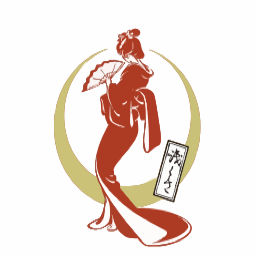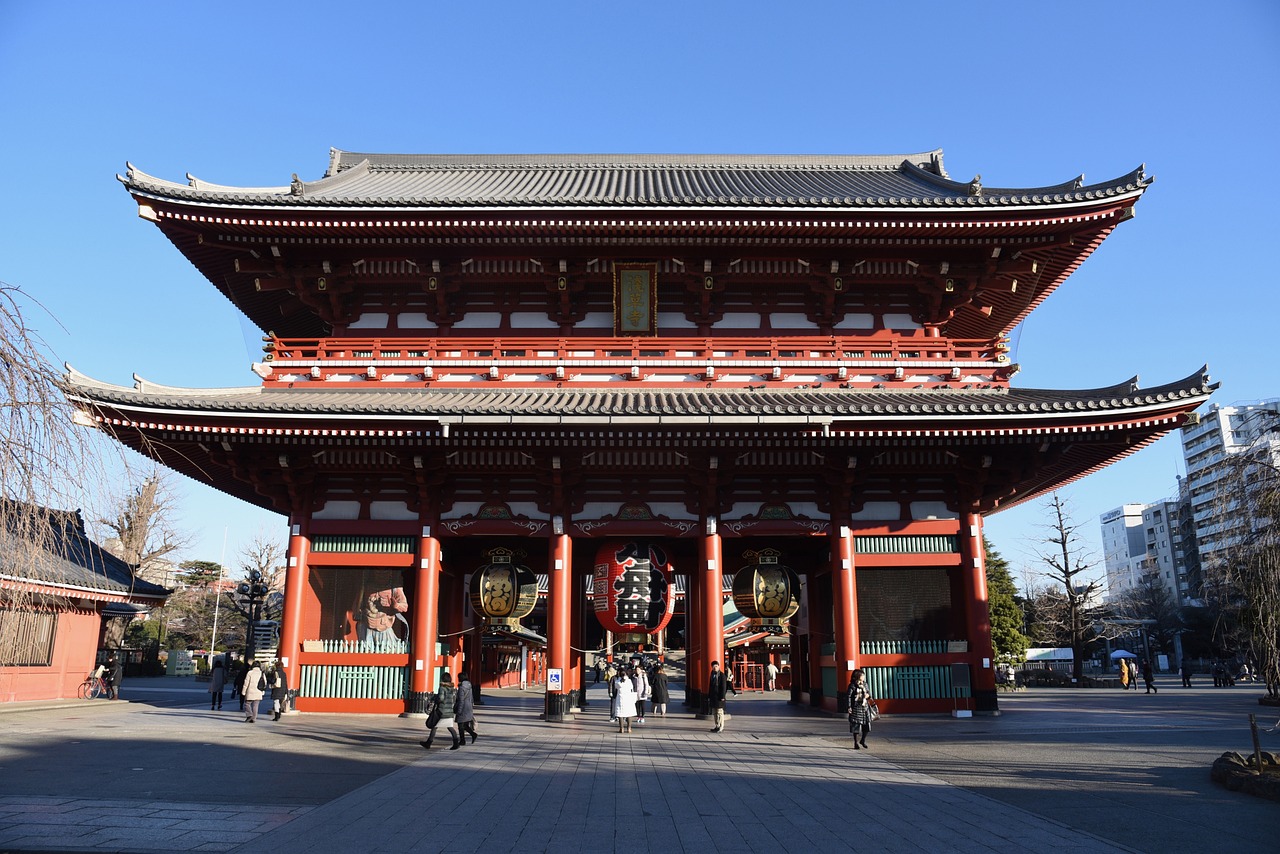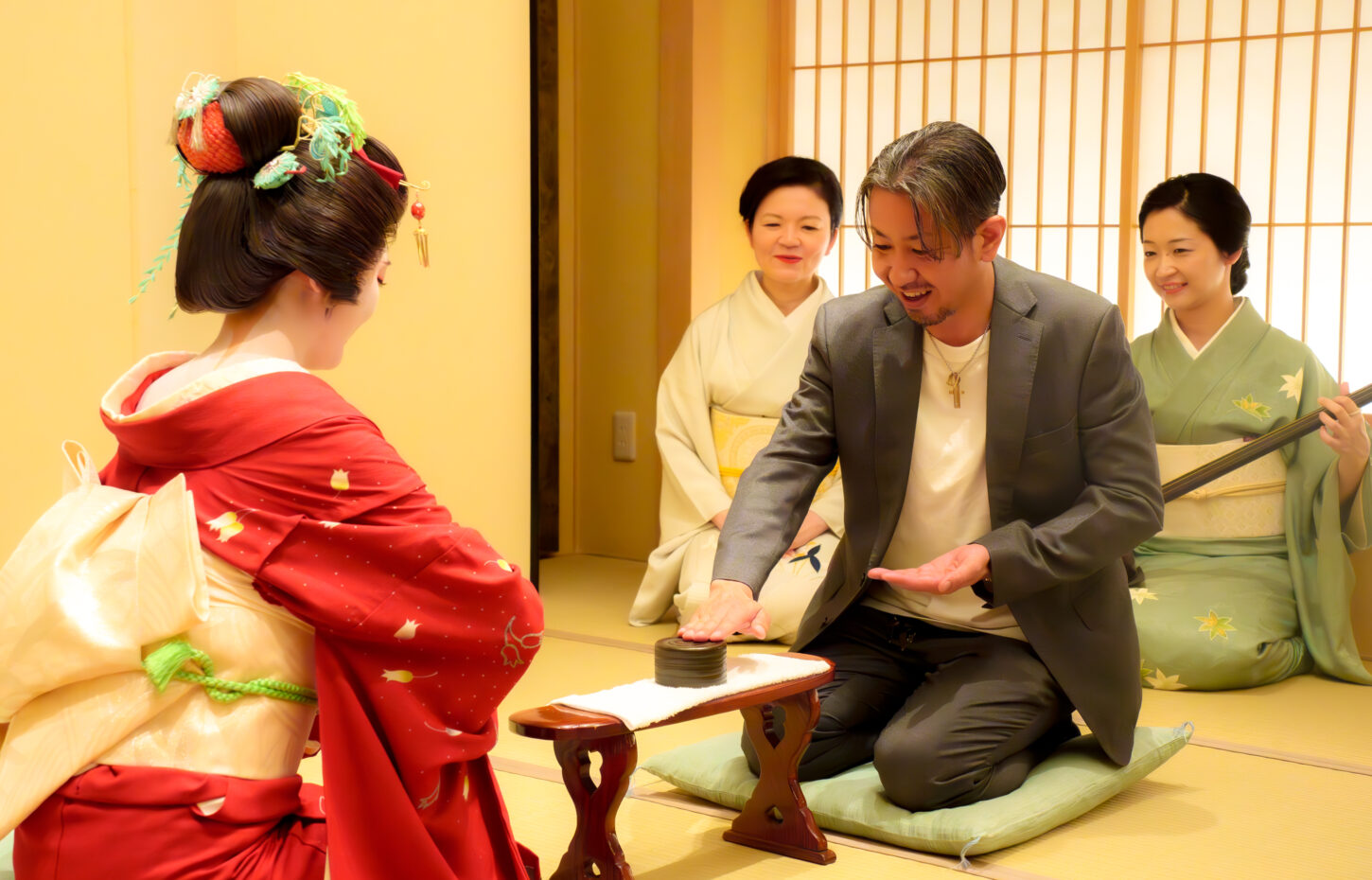
Asakusa Geisha Culture: Knowledge Q&A【Miyakodori】

Asakusa Geisha Culture: Knowledge Q&A【Miyakodori】
Last updated: 2025-09-27▶ History Q&A▶ How-to & Etiquette Q&A
This page summarizes essential terms in the geisha world. Wording favors “is said to…” / “is considered…” to keep a non-definitive tone. Operational details (booking, pricing, availability) are covered in the How-to & Etiquette Q&A.
Q. What is a geisha?
A professional entertainer of dance, song, and shamisen, providing refined hospitality in shared banquet settings; often said to “enliven the banquet (the ‘seki’)”.
Q. What is commonly described as a “genuine geisha”?
A performer belonging to the hanamachi system—kenban (central office), okiya (house/agency), and ryōtei or machiai-chaya (venues)—with ongoing training and stage experience, and actually appearing at banquets.
Q. How can I check authenticity?
Look for third-party traces such as a kenban website or registry listing affiliation and appearances.
Q. What is the difference between hanamachi and karyūkai?
Hanamachi refers to the place/quarter, while karyūkai refers to the world/industry encompassing geisha, okiya, kenban, and venues.
Q. What do kenban, okiya, and ryōtei / machiai-chaya do?
Kenban: the quarter’s central office handling registration, assignments, and training schedules. Okiya: house/agency for affiliation and training. Ryōtei / machiai-chaya: banquet venues, the latter often serving catered cuisine.
Q. How do ryōtei and machiai-chaya differ?
Ryōtei cook in-house with professional chefs; machiai-chaya typically use catered cuisine. Miyakodori operates as a machiai-chaya.
Q. What are tachikata, jikata, and hōkan?
Tachikata are dance performers; jikata are singers/musicians. Hōkan (male geisha/taikomochi) are said to specialize in orchestrating and enlivening the banquet; Asakusa is often noted for maintaining this role.
Q. How do the terms hangyoku, maiko, and geiko differ?
Usage varies by region: in Kanto, junior trainees are called hangyoku; in Kyoto, trainees are maiko and fully fledged performers are geiko. In Asakusa, a fully fledged geisha is often referred to as “Ippon”.
Q. What is the difference between “Ippon / Geiko” and “Hangyoku”?
Hangyoku are trainees; fully fledged performers are “Ippon” (Asakusa) or geiko (Kyoto). Attire—such as hair ornaments, footwear, and kimono type—is said to differ by stage and district.
Q. What does ichigen mean?
First-time guest. Some quarters traditionally limit ichigen bookings, yet many now host public events; Miyakodori accepts first-time reservations.
Q. What are hanadai and gyokudai (tamadai)?
General terms for fees when inviting geisha. The word hangyoku is said to derive from gyokudai (historically implying half the fee), though this is not the common practice today.
Q. What are room or seating charges?
Venue-side charges for the room and setting, usually distinct from geisha fees. Names and calculations vary by district.
Q. What are gratuities or tokens of appreciation?
Optional signs of appreciation for artistry and conduct. Many venues now include an equivalent within the total bill; please check with your venue in advance.
Q. What does the idiom “to grind tea” mean?
An expression meaning there are no bookings—its origins are variously explained.
Q. Where can I meet geisha?
At ryōtei/machiai-chaya in the hanamachi, or at public events hosted by kenban or municipalities. In Tokyo, guides often list Akasaka, Asakusa, Ōtsuka, Kagurazaka, Ōimachi, Shinbashi, Hachiōji, Maruyamachō, Mukōjima, and Yoshi-chō (Nihonbashi Ningyōchō area). Please check the latest information from each kenban.
Related Articles
- Asakusa Geisha Culture: History Q&A【Miyakodori】
- Asakusa Geisha Culture: How-to & Etiquette Q&A【Miyakodori】










No comments yet.